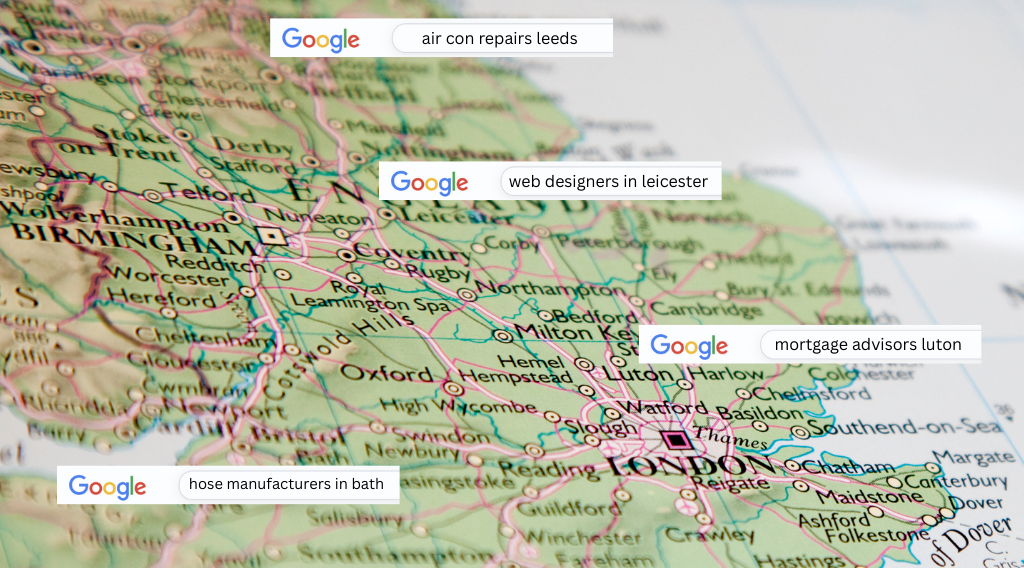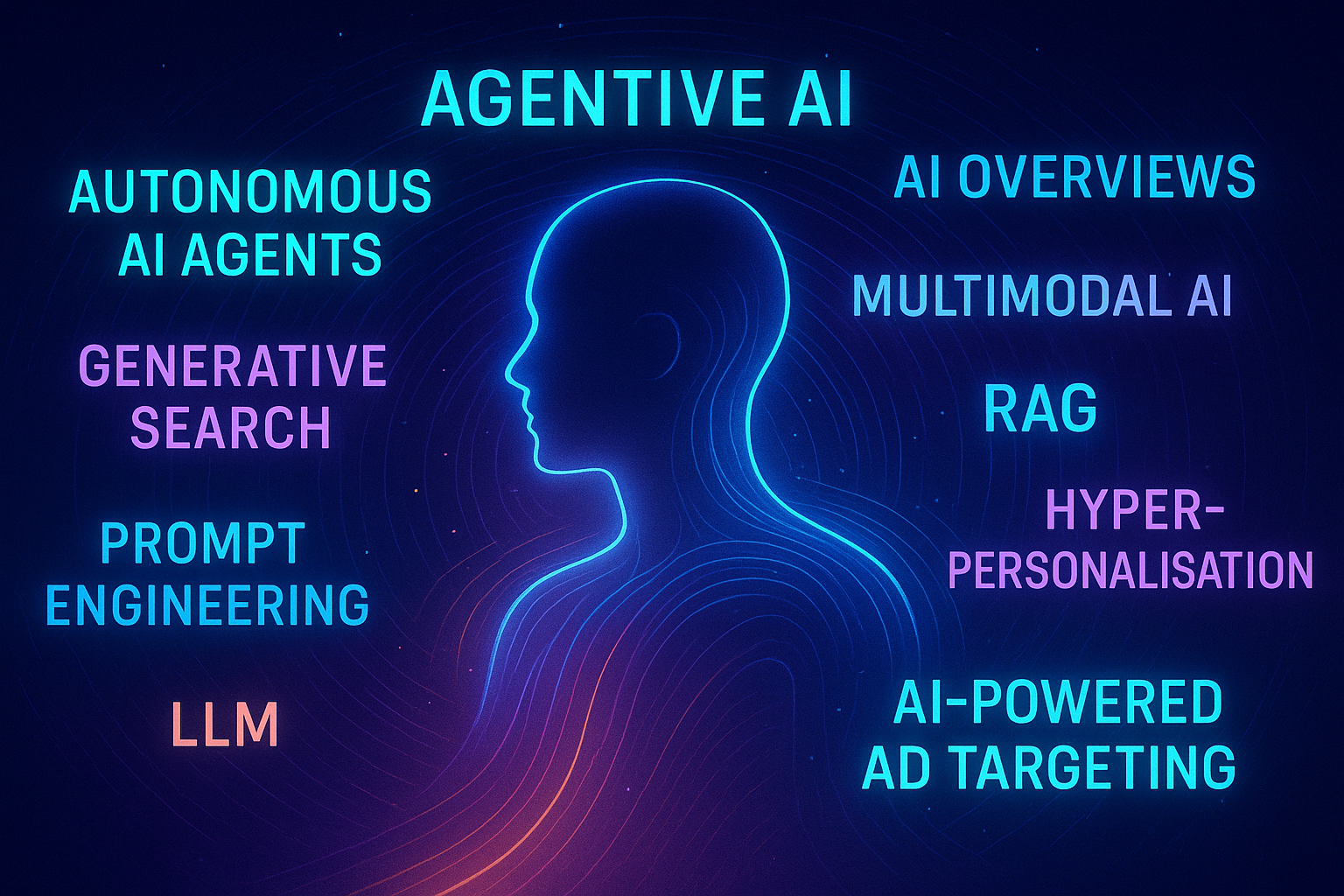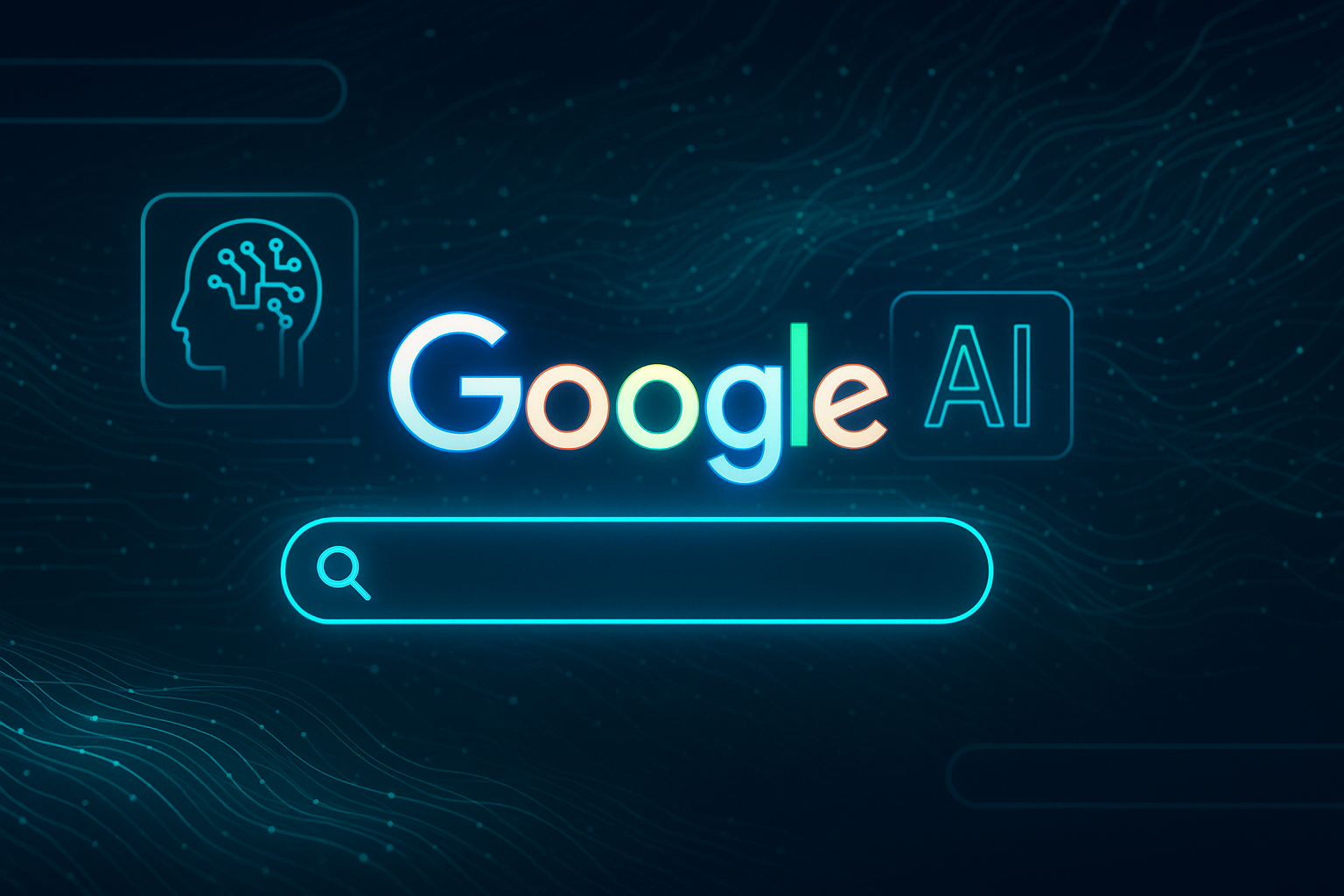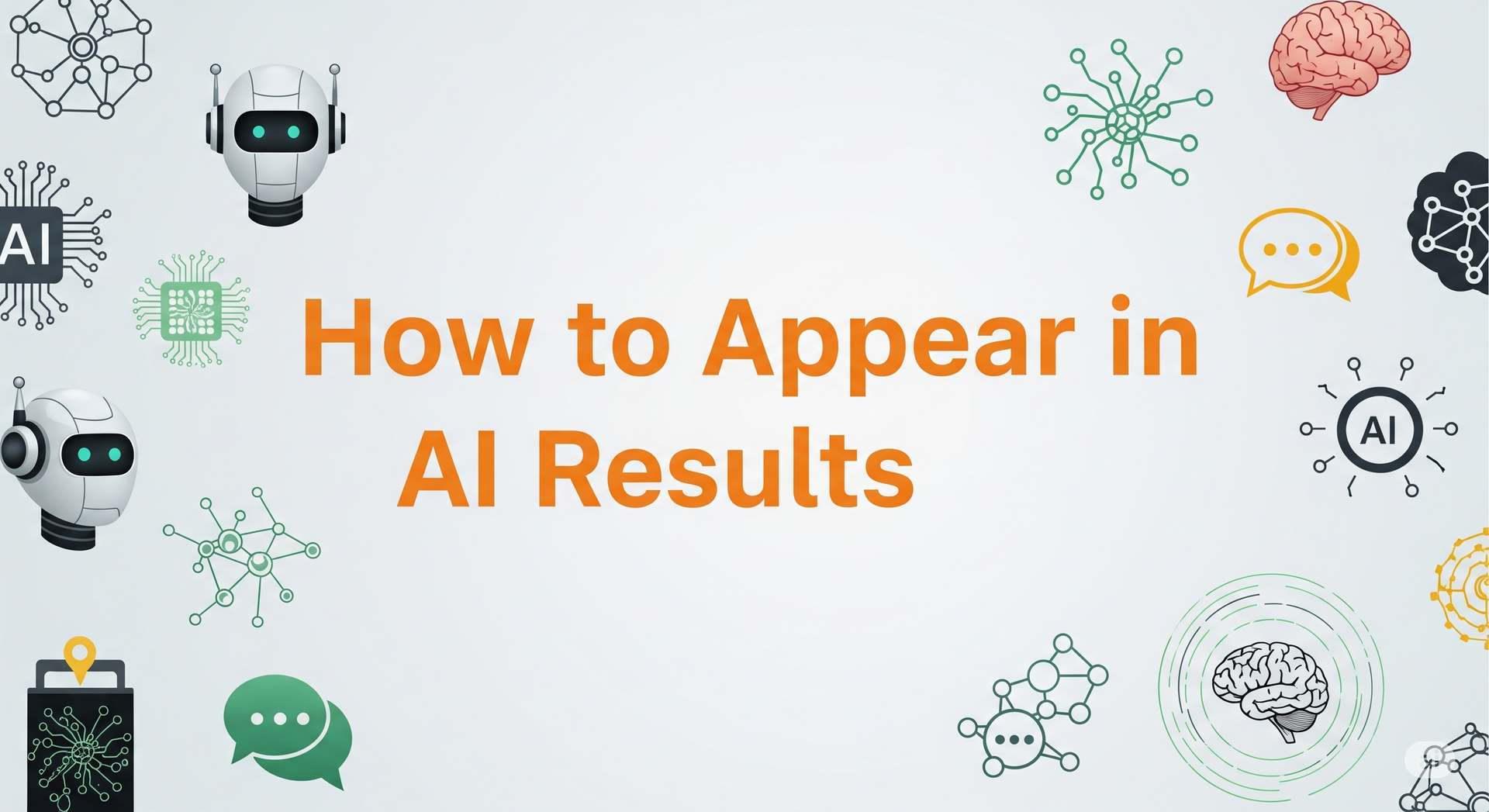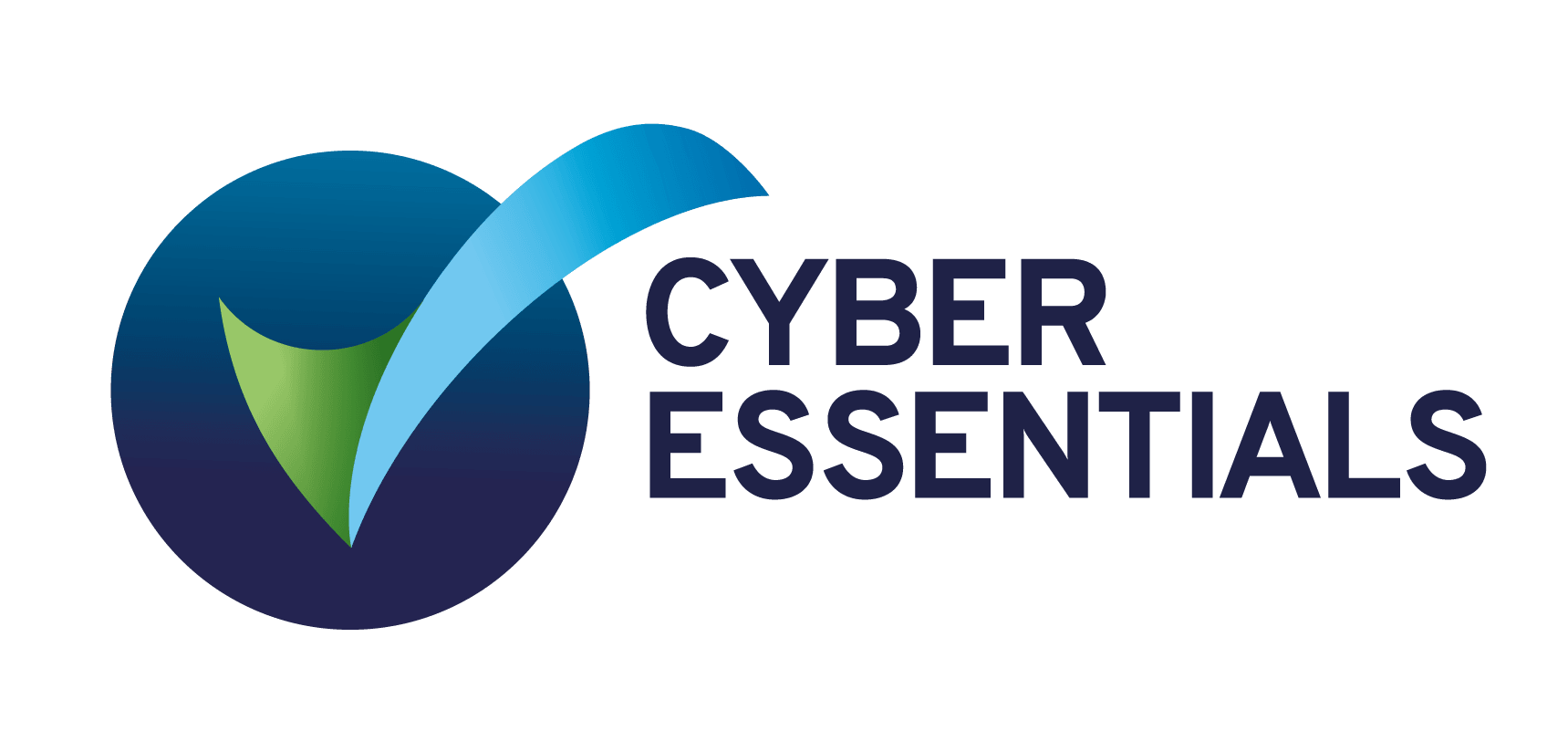Why Should You Focus on Conversion Before Driving More Traffic?
Why Should You Focus on Conversion Before Driving More Traffic?
More traffic won’t help if visitors aren’t converting. Improving conversion first means more leads or sales without extra effort. Fix engagement, messaging, and user experience before increasing traffic to maximise results and avoid wasted marketing spend.
Conversion Before Traffic: The Smarter Strategy
More traffic doesn’t guarantee more sales. With 1,000 visitors and a 1% conversion rate, that’s just 10 customers. Improve conversion to 3%, and you get 30 customers—without spending extra on traffic. Once optimised, this works consistently, bringing in more sales without extra effort or cost.

Aligning Your Website with Business Goals
Before improving conversion, ensure your page supports your business objectives. Every element should guide visitors toward meaningful actions. If your content isn’t aligned, conversions won’t drive success.
Read our previous article on ensuring your business activity leads to success.
How Customer-Centric Content Drives Conversions
Focus on Solving Problems, Not Selling Services
Customers don’t care about your business—they care about their problems and solutions. Your content must focus on their needs, not your services. Show how you remove risks, provide value, and make life easier. When content speaks to them, trust grows—and trust drives conversions. If you haven’t defined your customers yet, read our article on understanding customers.
Answering Key Customer Questions on Your Website
Your website should answer the key questions customers ask when landing on an important page:
- Am I in the right place? Does your branding, messaging, and imagery confirm this?
- Can they do what I need? Clearly state your services and expertise.
- Do they understand my problems? Speak directly to their pain points.
- Are they any good? Use testimonials, case studies, and proof of expertise.
- What do I do next? Guide them with clear calls to action that align with their needs.
You must communicate all this in under 30 seconds. Otherwise, visitors leave.

Why Mobile Experience Matters
People process information differently on mobile. Attention spans shrink, memory retention drops, and they read less overall. Research shows users scan rather than absorb, making decisions faster but with less thought. To engage them, content must be punchy, direct, and visually clear. Otherwise, they’ll skim, forget, and leave.

8 Common Misconceptions About Website Conversion
Many business owners doubt the importance of conversion. Here are eight common misconceptions:
- “Our website is fine as it is.” – Looks aren’t enough; performance matters.
- “We get traffic, so conversion doesn’t matter.” – Traffic without conversion is wasted effort.
- “It’s too much effort for little return.” – Small tweaks double or triple results.
- “We don’t have the budget.” – Conversion optimisation saves money by maximising current traffic.
- “We already have a CTA.” – Placement, wording, and design make or break effectiveness.
- “We don’t want to be pushy.” – Good conversion is about guiding, not pressuring.
- “We don’t have time for constant tweaks.” – Once optimised, it works consistently.
- “We tried before, and it didn’t work.” – Different approaches bring different results.
Building Trust and Credibility
Building trust is essential for conversions. Use these credibility boosters to reassure visitors:
- Google Reviews – Show real customer feedback to build confidence.
- Case Studies – Demonstrate success through real-world client results.
- Testimonials – Highlight customer satisfaction and reliability.
- Industry Accreditations – Display certifications to validate expertise.
- Awards and Recognition – Showcase achievements to enhance credibility.
- Partnerships and Affiliations – Align with trusted brands for added authority.
- Secure Payment Badges – Reassure customers with recognised security icons.
- Clear Contact Information – Show accessibility and transparency.
- Professional Website Design – A polished, easy-to-use site builds trust.
Final Thoughts
Fixing conversion before increasing traffic ensures every visitor counts. Strong customer-centric content, clear CTAs, and a trustworthy, mobile-friendly experience all drive success.
Want to define your
business objectives or
understand your customers better?
Read our previous article on defining business goals and
understanding your audience.





